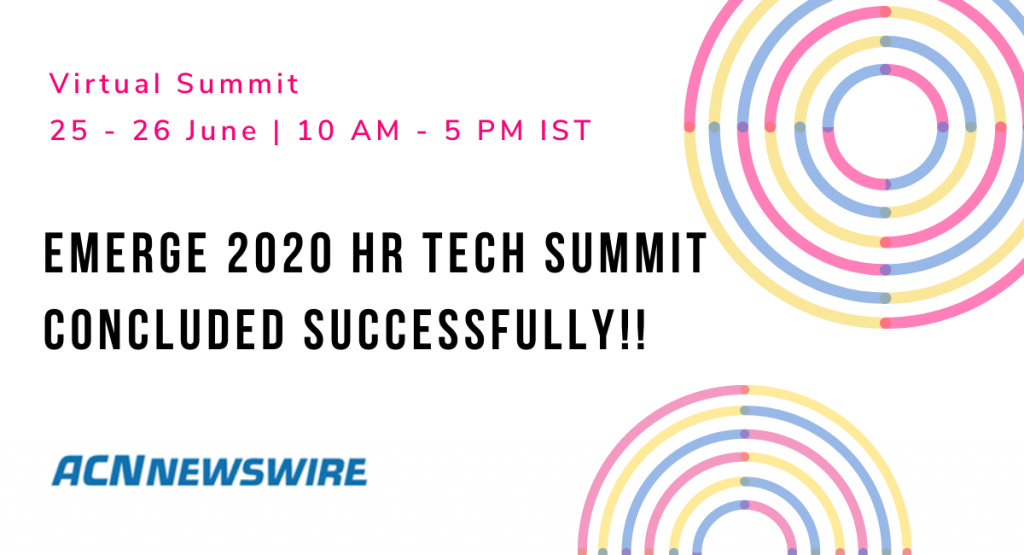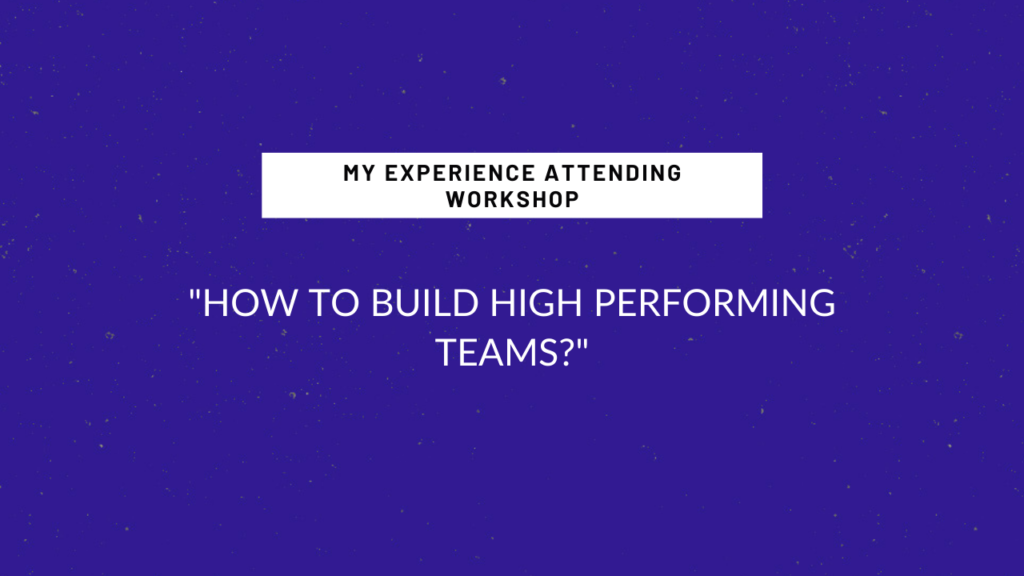What is Design Thinking and Why is Everyone Talking About it?

What is Design Thinking and Why is Everyone Talking About it?
Design thinking originally came about as a way of teaching engineers how to approach problems as designers do. One of the first people to write about the design thinking was John E. Arnold, professor of mechanical engineering at Stanford University.
With the rise of human-centered design in the 80s and the formation of the design consultancy in IDEO in the 90s, design thinking became increasingly popular. By the start of the 21st century, design thinking was making its way into the world of business. In the year 2005, Stanford University, the school began teaching design thinking as an approach to social and technical innovation.
Design thinking is both an ideology and a process that seeks to solve complex problems in a user-centric way. It focuses on achieving practical results and solutions that are:
- Technically feasible: They can be developed into functional products or processes.
- Economically viable: The business can afford to implement them.
- Desirable for the user: They meet a real human need.
The ideology behind the design thinking states that, in order to come up with some innovative solutions, one must adopt a designer mindset and approach the problem from the user’s point of view. At the same time, design thinking is all about getting hands-on; the aim is to turn your ideas into tangible, testable products or processes as quickly as possible.
So,what exactly is design thinking?
Reasons why everyone is talking about Design Thinking:
- Design Thinking Focuses On the End-User
Design thinking is an approach that takes care of end-users at the center of the process to solve the problems. The main target is to develop useful products and solutions that will fulfill the needs of the user. The process is inherently human-centered, getting close enough to the user to see where their frustrations lie and how we can make their lives and experiences better and more fulfilling.
- Design Thinking Leverages Collective Expertise
By building multidisciplinary teams and having the discussion with many voices to the table, we come out of our respective fields or come out of the boxes to use our collective wisdom, expertise, and experience.
- Design Thinking Employs Empathy
The design thinking sometimes referred to as “understanding” or “discovery”, it is the foundation of the design thinking depending on the explanation, sympathy necessities that we look to comprehend and relate to the requirements and difficulties of the general population, the experience or the framework.
- Design Thinking Tests And Tests And Tests
The central process of Design Thinking is to “design, test and iterate”. It offers information about any kind of issues by creating several prototypes and taking actual users’ and customers’ feedback before spending too much time, effort or money, or anyone’s idea.
- Design Thinking Create Value at the time of Solving Real Problems
Design Thinking is all about creating value and solving problems, not just about creativity and innovation. Also, instead of going with the traditional ways, to solve problem Design Thinking seeks to use design principles for any industry.

Design Thinking Free Webinar
Date- 28 March 2020 | Time – 12 PM IST
Missed the webinar? We have the recording on YouTube so you can watch anytime you’d like.
RECENT POSTS
-
 Clavent’s Emerge 2020 Martech Summit Goes Virtual, powered by CleverTap08 Sep 2020 PR
Clavent’s Emerge 2020 Martech Summit Goes Virtual, powered by CleverTap08 Sep 2020 PR -
 Emerge 2020 HR Tech Summit Concluded Successfully12 Jul 2020 PR
Emerge 2020 HR Tech Summit Concluded Successfully12 Jul 2020 PR -
 Emerge 2020 HR Tech Summit12 Jul 2020 PR
Emerge 2020 HR Tech Summit12 Jul 2020 PR -
 My Experience Attending "How to Build High Performing Teams?" - Workshop On How to be a Good Manager.12 May 2020 Authored Articles
My Experience Attending "How to Build High Performing Teams?" - Workshop On How to be a Good Manager.12 May 2020 Authored Articles -
 Top Quantum Computing Companies to look out for in 202029 Apr 2020 Listicles
Top Quantum Computing Companies to look out for in 202029 Apr 2020 Listicles




























